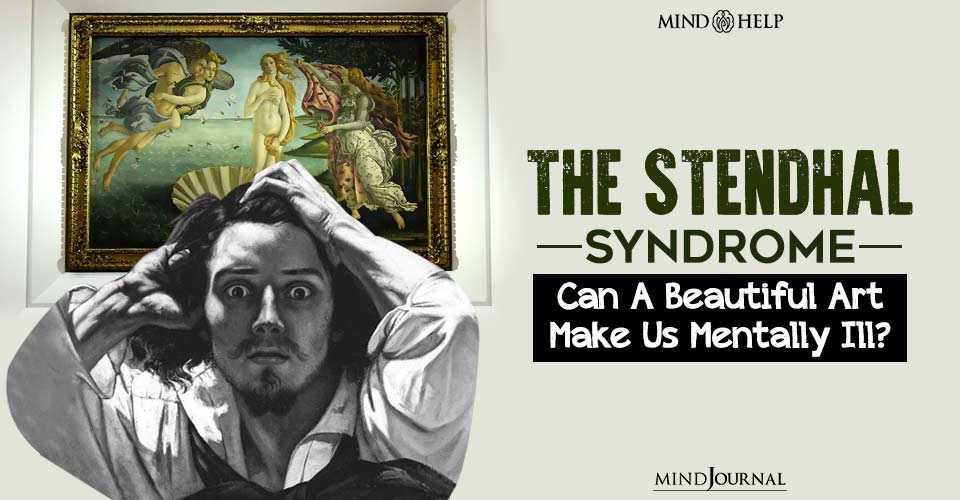Who can be said to show Stendhal Syndrome?
Stendhal Syndrome can be defined as a state of ecstasy in the face of the magnificence and beauty of a work of art. Also known as art intoxication or hypercultureemia, the syndrome is named after Marie-Henri Beyle, a 19th-century realist writer known under the pen name Stendhal.

Stendhal Syndrome is a psychosomatic disorder that can cause palpitations, dizziness, confusion, fainting, and even hallucinations.
Stendhal went to Florence in 1817 to visit the Basilica of Santa Croce, where the tombs of Niccolo Machiavelli, Michelangelo, and Galileo Galilei are located.
Stendhal syndrome, Stendhal's syndrome or Florence syndrome is a psychosomatic condition involving rapid heartbeat, fainting, confusion, and even hallucinations, allegedly occurring when individuals become exposed to objects, artworks, or phenomena of great beauty and antiquity.
The author, who felt discomforts such as excitement, uneasiness, heart palpitations, and weakness while visiting the basilica, described his feelings as follows;
'I was ecstatic from being in Florence, walking around the graves of those amazing people. The thought of this sublime beauty took me into the palm of his hand. For a moment, I was immersed in divine feelings. At that moment, everything began to appeal to my soul with authenticity. Oh, I wish I could forget. My heart started beating fast. Life had been pulled before my eyes. I was afraid of rolling over while walking.'
Although the syndrome got its name from Stendhal, it is known that many people before him showed similar symptoms, especially in Florence. Therefore, in some sources, the name of the syndrome is also referred to as Florence Syndrome.
In 1989, the Santa Maria Nuova Hospital in Florence published records of over 100 emergency cases brought to the hospital by ambulance from museums and galleries in the city. Some of the symptoms reported in the registry are dizziness, heart palpitations, loss of identity, disorientation, and hallucinations.
After these observations, psychiatrist Graziella Magherini defined this condition as a psychiatric disorder.
In 2005, Brazilian neurosurgeon Edson Amancio, in an article he published, put forward evidence that F. Dostoyevsky experienced similar symptoms while examining Hans Holbein's masterpiece during a visit to the museum in Basle.
In 2010, Dr. Iain Bamforth suggested that Marcel Proust, Sigmund Freud, and Carl Gustav Jung also showed similar symptoms.
Stendhal Syndrome was described in another article published in 2017 as a rare psychiatric condition caused by exposure to artistic or historical works.
Although the existence of Stendhal Syndrome is accepted by many experts today, there are also those who think that these symptoms are a result of the physical fatigue of tourists following busy touristic programs.
In 1996, Dario Argento made a movie of the same name, about the story of a murderer with Stendhal Syndrome.
